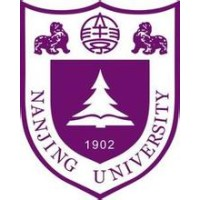Sparse Laneformer
Lane detection is a fundamental task in autonomous driving, and has achieved great progress as deep learning emerges. Previous anchor-based methods often design dense anchors, which highly depend on the training dataset and remain fixed during inference. We analyze that dense anchors are not necessary for lane detection, and propose a transformer-based lane detection framework based on a sparse anchor mechanism. To this end, we generate sparse anchors with position-aware lane queries and angle queries instead of traditional explicit anchors. We adopt Horizontal Perceptual Attention (HPA) to aggregate the lane features along the horizontal direction, and adopt Lane-Angle Cross Attention (LACA) to perform interactions between lane queries and angle queries. We also propose Lane Perceptual Attention (LPA) based on deformable cross attention to further refine the lane predictions. Our method, named Sparse Laneformer, is easy-to-implement and end-to-end trainable. Extensive experiments demonstrate that Sparse Laneformer performs favorably against the state-of-the-art methods, e.g., surpassing Laneformer by 3.0% F1 score and O2SFormer by 0.7% F1 score with fewer MACs on CULane with the same ResNet-34 backbone.

